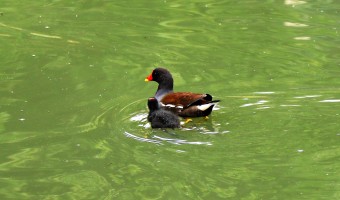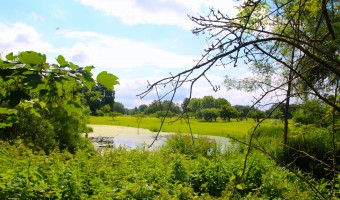What lies beneath?
Naturally we will not be talking about the Thames given that it is arguably one of the most famous waterways in the world and it was the reason the Romans founded this city as a port town some 2000 years ago. What might surprise you to know though is that within London alone there were once over 20 main tributaries to the Thames. Owing to the predominance of waterways in the city, Londoners of days past used to be able to go salmon fishing around Marble Arch and in fact, after the Great Fire of London there existed plans to rebuild London in the likeness of Venice.
However, looking around as you walk through the streets of this modern day metropolis you would be hard pressed to find these waterways. This is because most of them are covered up, filled in, buried deep underground in pipelines or transformed into a much less romantic waterway - sewer systems. Additionally, each day in London some 70 000 000 litres of water are actually pumped out to prevent the city from its most imminent natural threat - sinking. However, a quick scan of street and neighbourhood names in the city immediately draws attention to the once water dominated area.
Waterborne 'Old' London
A quick scan of street and neighbourhood names in the City immediately draws attention to the once water dominated area.
Clerkenwell, Stockwell, Holywell and all other things “well”: wells and springs once dominated the daily lives of Londoners and many place names still pay homage to some of the more famous wells.
- Marylebone: derivation of a church that once sat on the banks of the Tyburn Brook: “St. Mary’s by the bourne (stream)”
- Knightsbridge: named after a bridge that once went over the River Westbourne
- Kilburn/Holborn: derivation of the old English phrases meaning Royal Stream/Old Stream
- Conduit Street: beneath this street once existed a pipe to bring water into the City from the Tyburn Brook.


The Three Rivers
As for the actual tributaries themselves, people have dedicated lifetimes of research to unearth their respective courses and histories. I cannot compete with these lifetimes of work, but I can highlight a few of the most famous of these lost rivers.
1. The River Fleet (Hampstead Heath through Kings Cross and Farringdon) can actually still be heard flowing through a grate outside the Coach and Horses Pub in Clerkenwell.
2. The River Tyburn (South Hampstead through Marble Arch and Buckingham Palace) used to be a source of salmon many years ago when the most obvious indication as to its former course is the twisting and turning nature of Marylebone Lane, which perfectly reflects the old path of this river. Whilst currently there is talk of trying to restore this path of river, a major obstacle is the destruction of some fairly important properties including Buckingham Palace!
3. The River Westbourne (Hampstead Heath through Paddington and Serpentine) still exists and can be seen flowing through an overhead pipe in Sloane Square tube station.
The lost waterways of London are a fascinating component of the City’s history, which many visitors come and try to discover. Sadly these waterways that once almost made London a second Venice became too overrun with sewage to be aesthetically pleasing and the City expanded too quickly to allow them to exist. They were soon covered up to generate more living space above, whilst creating a complex subterranean water system to help keep the streets of London clean.
It is still possible to walk the routes of these tributaries to the Thames, which provides visitors with plenty of historical information and a plethora of eating and watering holes throughout the journey
a) River Fleet walk runs from Kings Cross Station to Blackfriars Bridge and is approximately 2 miles long. There is plenty to see en route with plenty of eateries for tourists to stop at to 'recharge their batteries'. The Old Mitre in Holborn and the Cheshire Cheese are top of the favourites list.
b) The River Tyburn Walk is equally challenging, but longer at 3.5 miles. This starts at Baker Street Station and ends at Vauxhall Bridge. Convent Garden, a transformed fruit market is a good stopping off point along the way.
c) The River Westbourne provides a similarly interesting promenade and goes from Paddington Station to upmarket Sloane Square.
 London's Lost Waterways
London's Lost Waterways


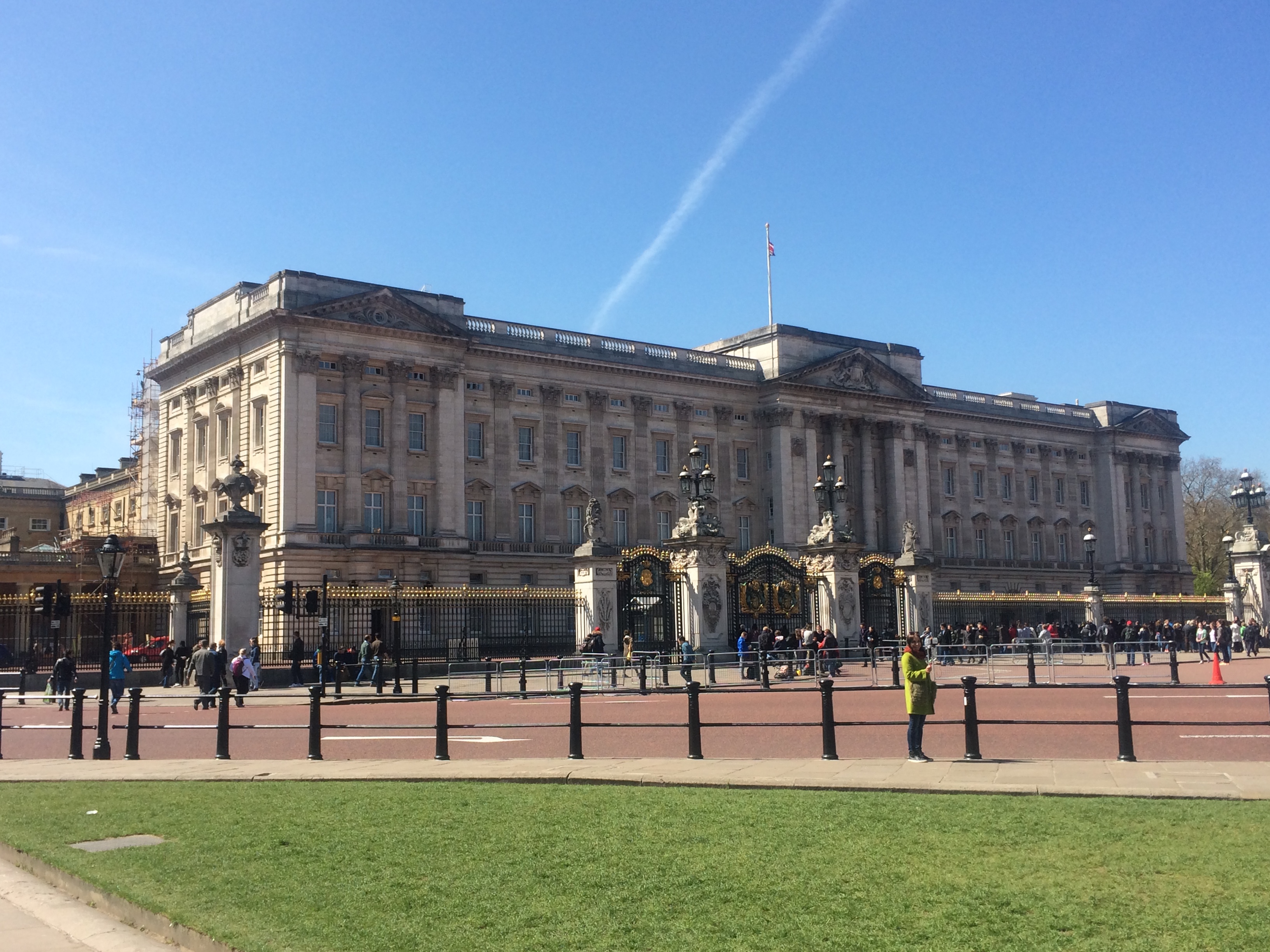
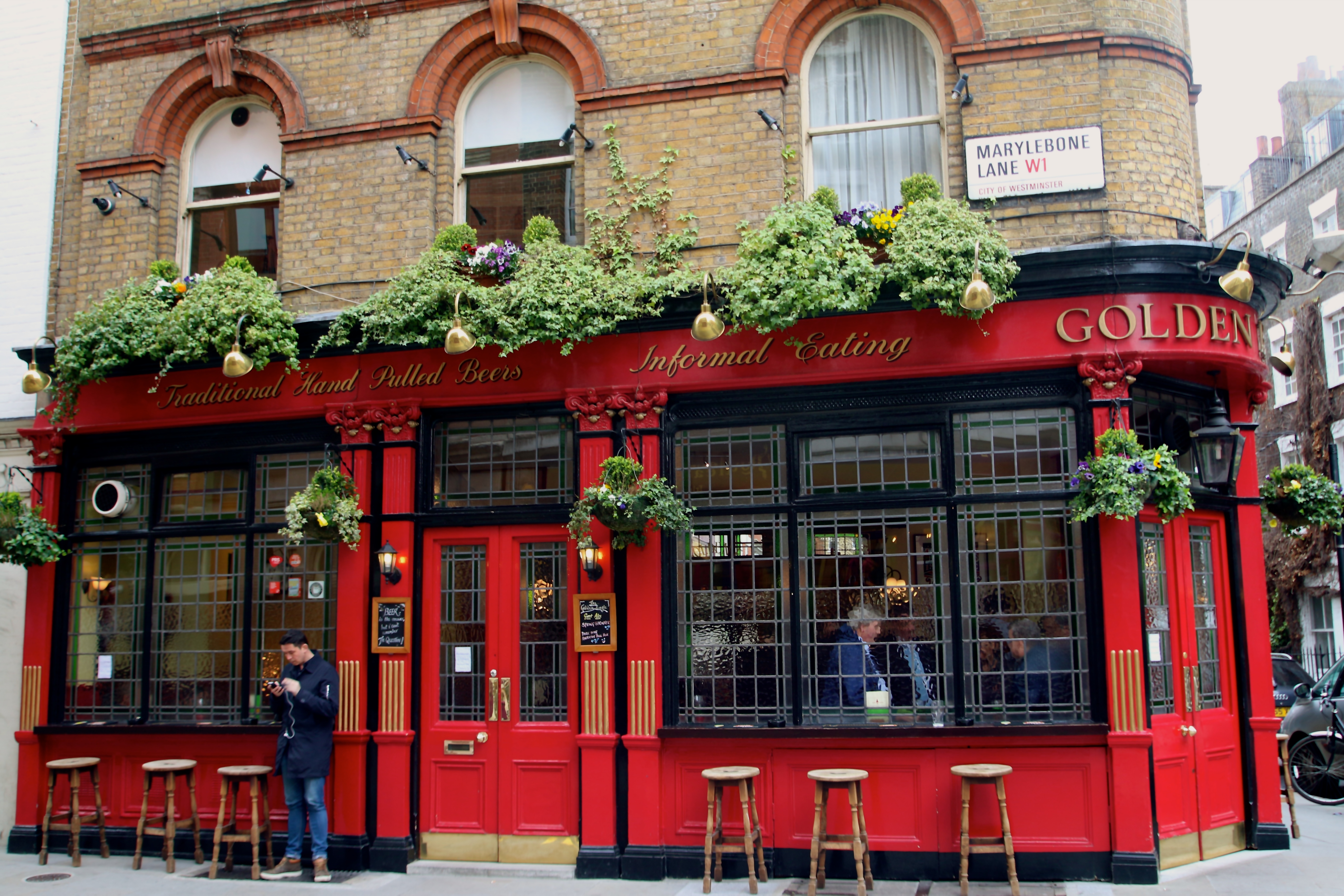
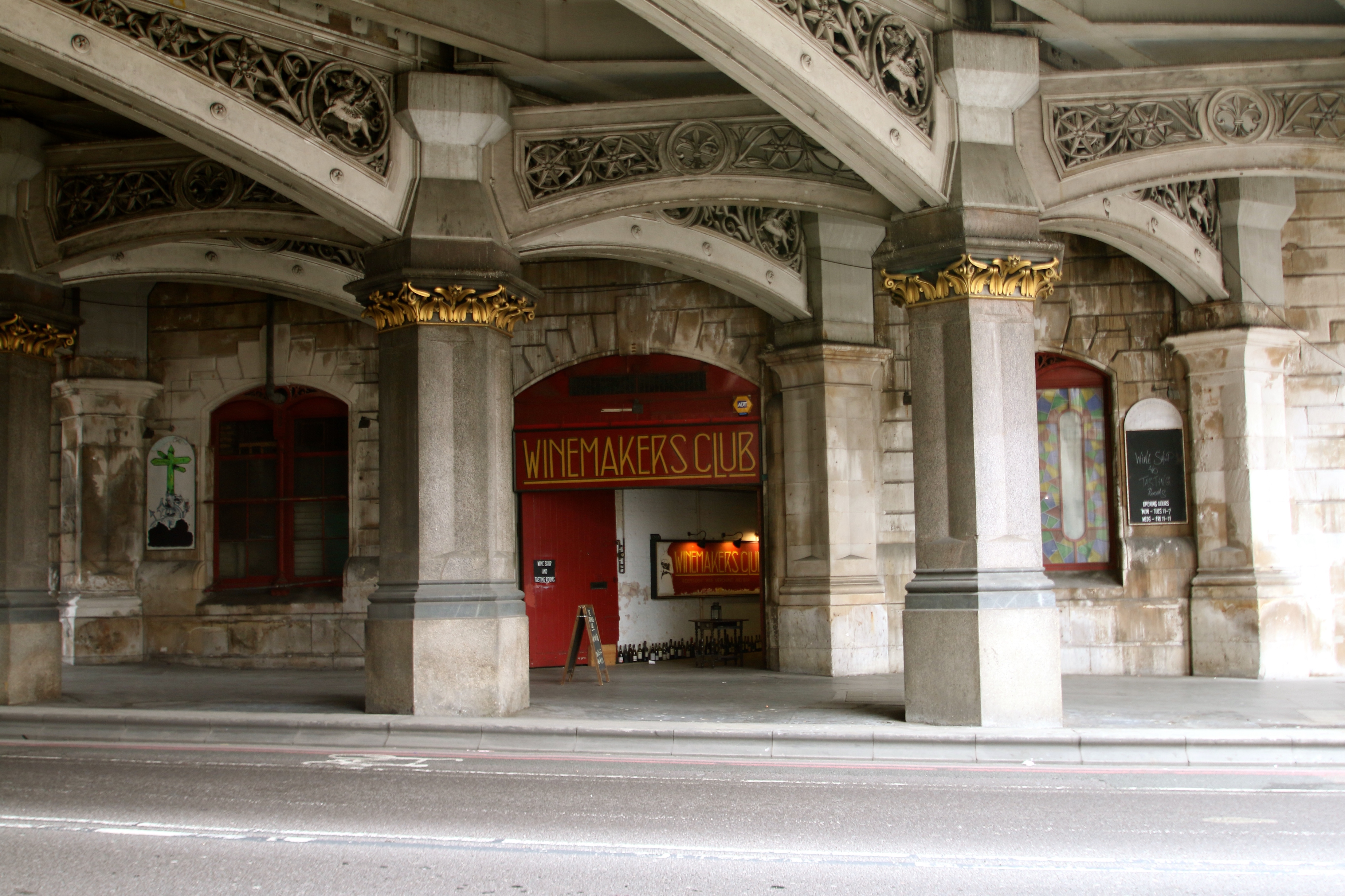
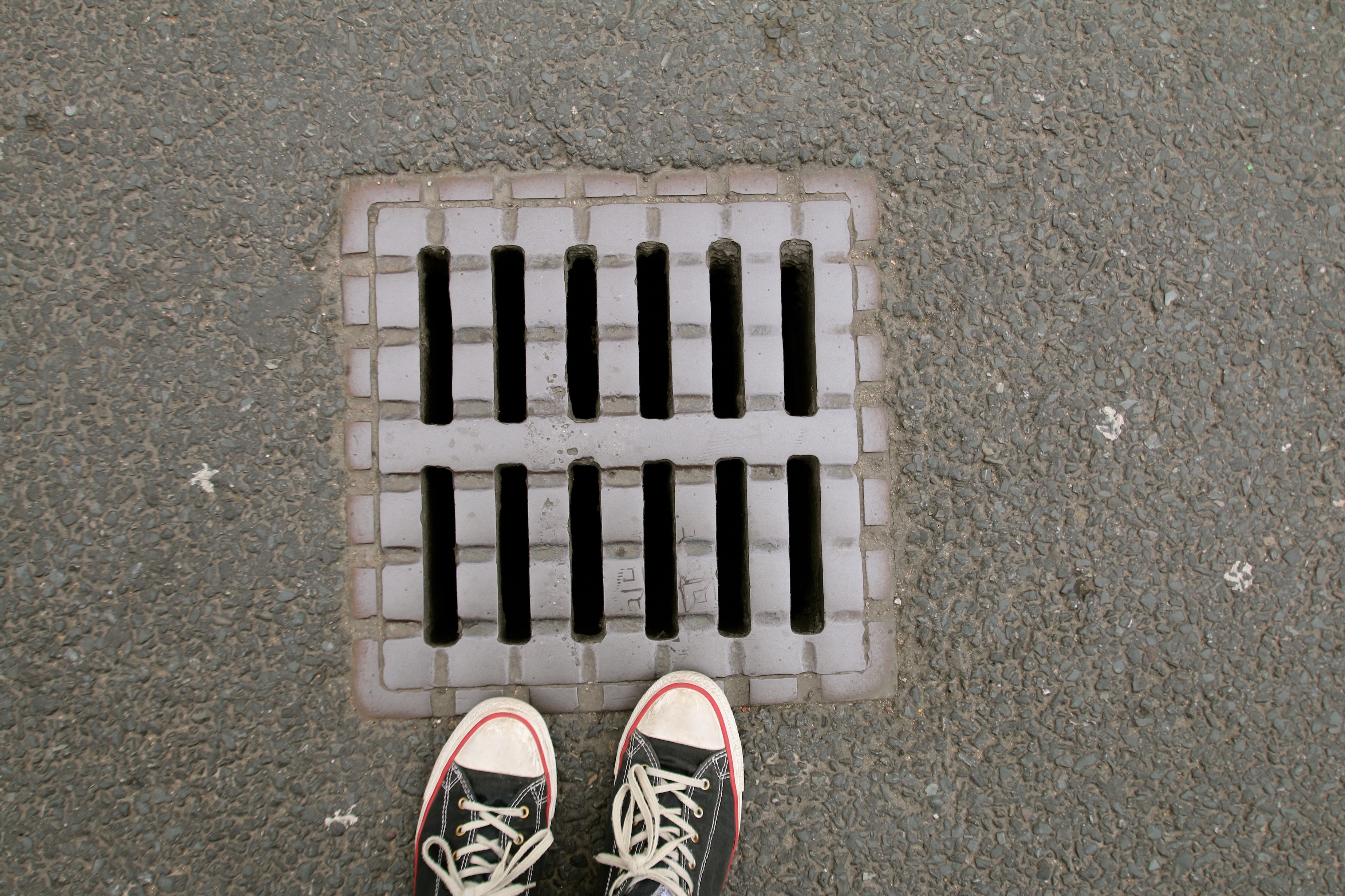
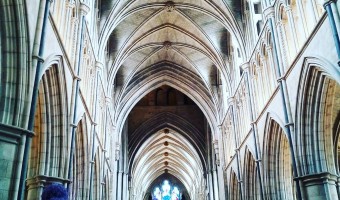

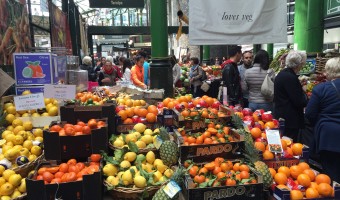
 Load more triptoids
Load more triptoids
